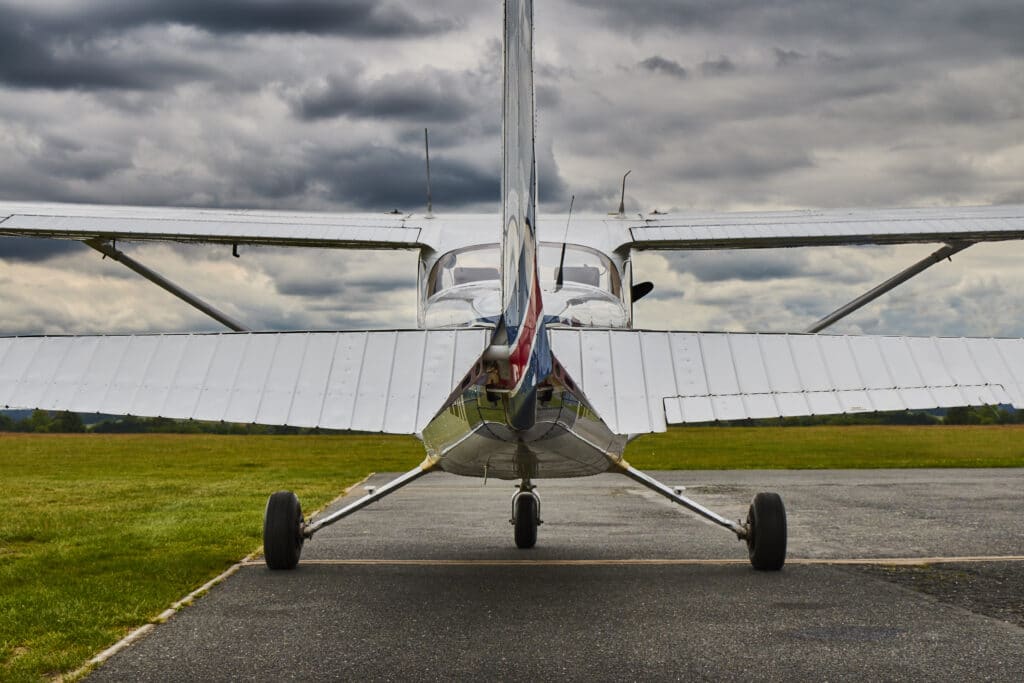Aviation Insurance and Additional Insureds
As an aircraft owner, you may be asked to add one or more individuals or an entity to your aviation liability insurance policy as an “additional insured.” This is a common practice in aviation and other types of insurance, but it is important that you understand the ramifications before agreeing to it. The following is a general overview, and specific requests or questions should be discussed with your aviation insurance broker, who will review the particular scenario with the underwriter.

“Additional Insured” and Related Terms Explained
“Additional insured” is an insurance term that refers to a person or organization to whom you, as the “named insured,” agree to extend a clearly specified degree of protection under your liability insurance policy.
A related term is “additional named insured,” which is used to indicate a person or entity that you agree will have the same rights and responsibilities under the policy that you have as the named insured.
While the three terms (“named insured,” “additional insured,” and “additional named insured”) sound similar, there are significant differences between them. Consequently, it is important that a person or organization requesting to be an “additional insured” or “additional named insured” under your policy use the correct terminology and that you, the “named insured,” understand the circumstances and what the other party’s rights will be under your policy if your insurance provider agrees to extend the policy as requested.
Common “Additional Insured” Scenarios
There are many situations where you might be asked to add an additional insured to your aviation insurance policy. Some of the more common scenarios in which a person or organization may request “AI status” include:
- An airport owner requires it as a condition of either basing your aircraft at or simply using the airport.
- The owner of a hangar or tiedown area requires it as part of a rental agreement.
- A flight school or flight instructor requests to be an additional insured before providing flight lessons.
- An employee uses their own aircraft for business travel, and their employer requests to be added as an additional insured.
What Is Involved in Adding an Additional Insured?
Adding an additional insured to an aviation insurance policy can be a fairly simple process. All that is required is basic information, including the name and address of the person or entity and the relationship between the named insured and the additional insured, including an explanation of the liability risk the additional insured faces as a result of the relationship.
Once that information has been provided to and accepted by the insurance provider it will usually respond affirmatively to the request in an email, amend the policy (usually by endorsement), and issue a certificate of insurance to indicate that the person or organization can be considered an additional insured immediately.
Additional Insured Requests: Careful Consideration Is Critical
Additional insureds are frequently added to policies. However, as an aircraft owner, you need to carefully consider whether it is necessary to extend your policy’s coverage to others. An aviation insurance policy is a valuable asset. By making another party an additional insured, you are, in effect, sharing part of that asset with them.
A real-world impact of this sharing arrangement—and one of which policyholders may not be aware—is that only one limit is available to the named insured and to the additional insured. Each party does not have a separate policy limit, although the additional insured may often have a lower limit than the named insured, which is part of, and not in addition to, the policy limit. This means that if a claim is paid on behalf of an additional insured, you will have less of the liability limit available from which to pay claims on your behalf than you thought. In addition, any claim covered by your policy—whether made on behalf of you or an additional insured—becomes part of your claims history, which could affect your insurance costs in the future.
It is also important to keep in mind when adding an additional insured that you should not agree to be responsible for liability that rightly belongs to others. In many instances, that party will have their own insurance and should not expect any coverage from your policy.
In addition to your assessment, your insurance provider will consider whether a person or organization’s request to be made an additional insured is reasonable. If the insurer determines that adding the individual or entity is not appropriate, the request could be denied.
Sharing Your Policy Limits Wisely
Aviation, like every industry, has its risks. Ultimately, everyone benefits when stakeholders are protected fully and fairly from those risks. As an aircraft owner, the key is understanding when and why to add additional insureds to your policy.




